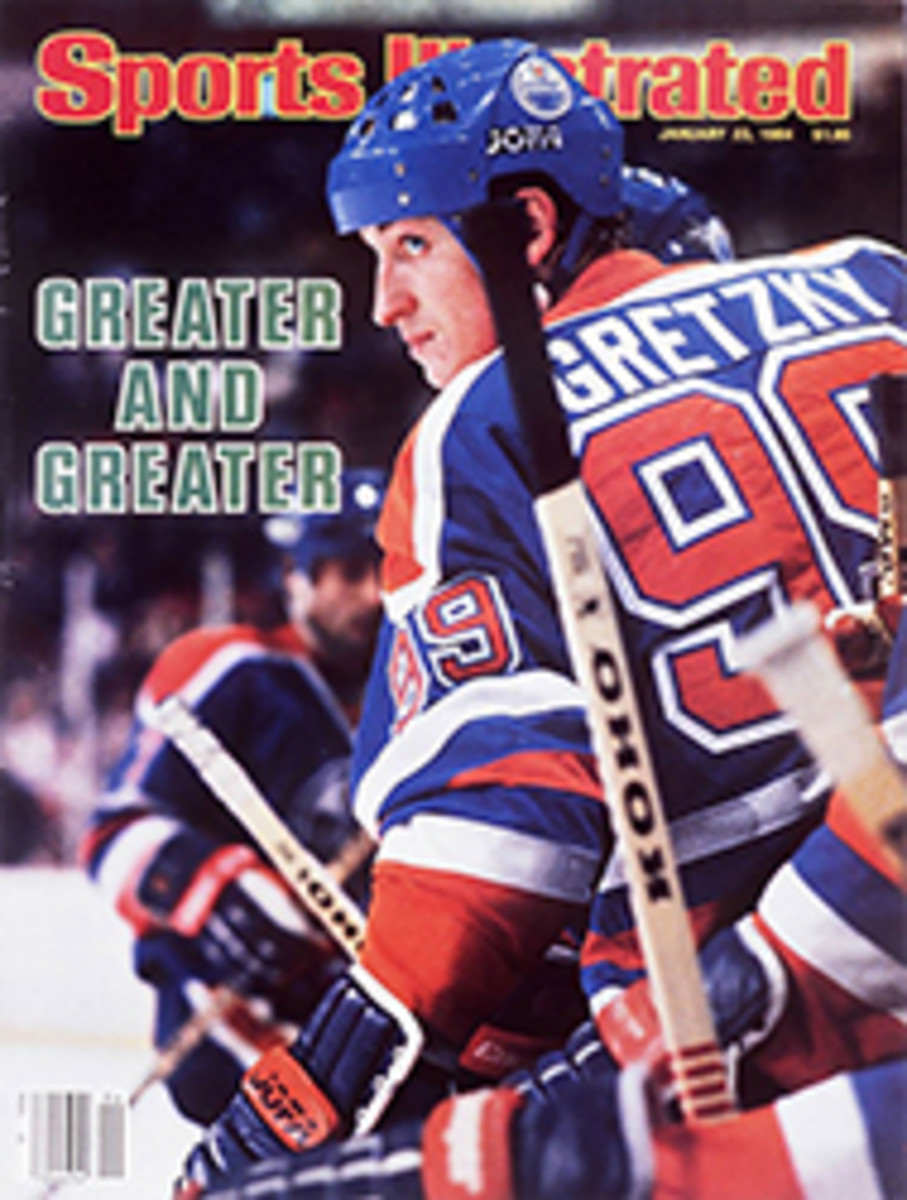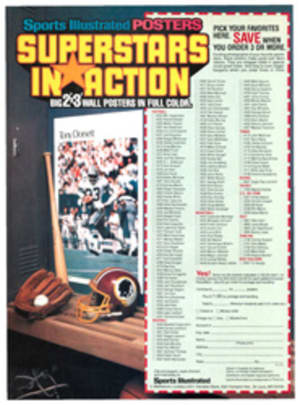
A RECOUNTING OF THE '83 AMERICA'S CUP SERIES THAT'S A SEA OF NEW INFO
For three long months last summer, like a roller coaster climbing to the first height on its run, the 1983 America's Cup campaign rose slowly toward its September climax. Then, with the selection trials past and the first Cup race between Australia II and Liberty finally under way, events quickly gained momentum and roared off toward the historic seventh race. Then, abruptly, it was all over. The Australians had won, the press had left town and questions that had burned for want of answers one day became dead issues the next.
Fortunately, two veteran America's Cup reporters—Barbara Lloyd of America's Cup Report, an insiders' newsletter, and Michael Levitt of Nautical Quarterly magazine—stayed on the job. During the month that followed the Aussie victory, Lloyd and Levitt pursued their sources to their home ports, asking the questions required to conclude the story. The result of their work is UPSET: Australia Wins the America's Cup (Workman Publishing, $7.95), a 212-page paperback with a 16-page insert of color photographs by Dan Nerney that tells the sprawling tale of the 1983 America's Cup Challenge more completely than it has so far been told by anyone.
This book is a real page-turner. Its principals, now released from the secrecy that kept many of them gagged during the summer, are proud, angry, bitter, triumphant or resigned, but all speak with welcome candor. One of the most eloquent is John Marshall, who was the mainsail trimmer on Liberty. "We lost the America's Cup," Marshall told the authors, "for want of the right ideas in yacht design. Maybe for want of an environment that lets bright young designers focus on 12-meter design, make it their life's work, and come up with the right answers."
John Longley, Australia II's project manager and port winch grinder, provided a rare glimpse of life aboard the winning boat: "Australia II was very much a crew of 11 people who were all of equal standing...the whole crew fed information back [to skipper John Bertrand]. There is always this thing about how the crew should sail quietly. We didn't sail quietly. There was no idle chatter, but the whole time there were comments like 'The wind is coming....' Continual conversation, continual input the whole time."
And Vic Romagna, secretary of the America's Cup Committee of the New York Yacht Club, revealed that a meeting had been held the day before the Cup races began. There the members, convinced that Australia II was an ineligible boat—they believed it hadn't been wholly designed by an Australian citizen—but frustrated in their attempts to prove it, considered and then reluctantly dropped a proposal that the races be unilaterally canceled. It was a proposal that Romagna, for one, still thinks should have been adopted.
Grace under pressure was sorely lacking in Newport last summer, and Upset is, in part, a fascinating, detailed recounting of sorry behavior on the part of people who knew better. Two notable examples: the badly timed, clumsily phrased and still unsubstantiated charges of cheating hurled at the Australians, particularly at Ben Lexcen, the designer of Australia II, by the New York Yacht Club; and the feuding and deception that crippled the "team" effort of the Defender/Courageous syndicate.
But courage and clear thinking in the face of imminent defeat were also part of the story. Marshall's reconstruction, race by race, of the strategies and tactics employed by the Liberty afterguard, of which he was part, as it fought off the inevitable, is Upset's most dramatic reading. In describing the first, upwind, leg of the last race, as Australia II was taking the early lead, Marshall recalls, "We decided to see if we could get Bertrand to go into a conservative mode of reflexive tacking. We waited until we got a pretty good lift, and tacked. Sure enough, Bertrand followed us, despite the fact that what we were doing was wrong.... The next time we came together we had gained substantially. Bertrand made a mistake. He simply covered us without thinking."
We'll have to wait for a later book to learn more about what was going on in the cockpit of Australia II at the same time, but if the telling of that tale is as gripping as Upset, the wait will have been worthwhile.

